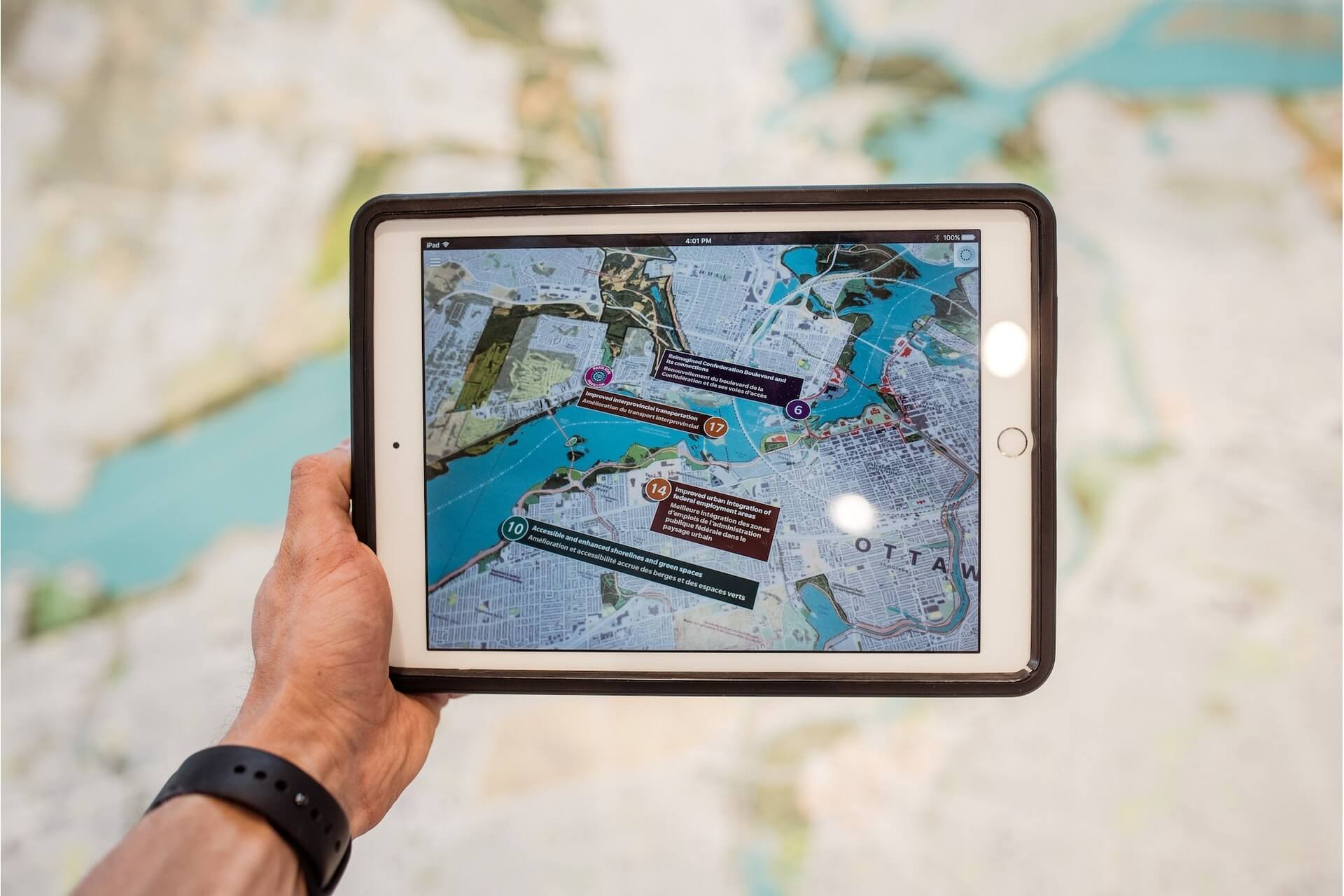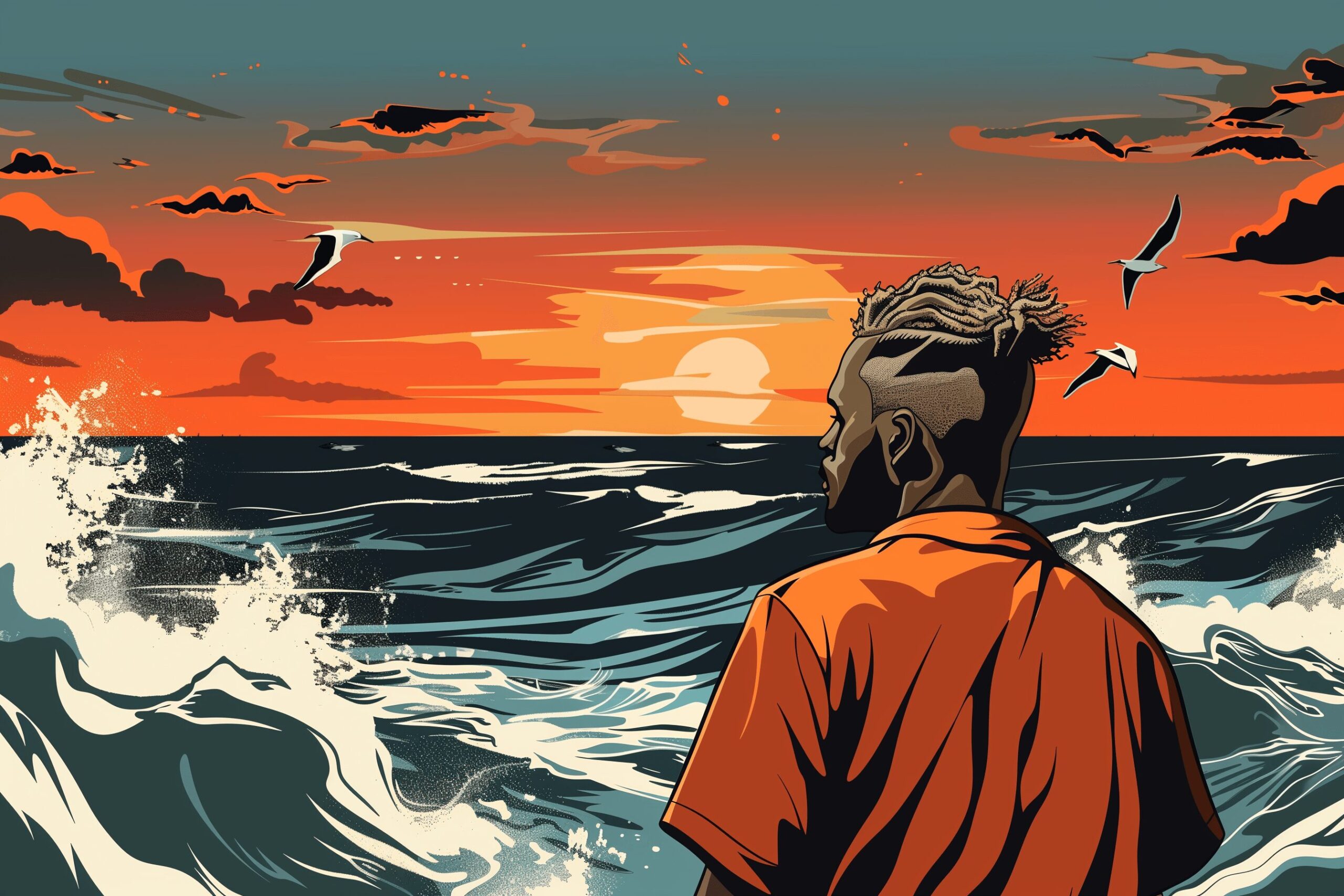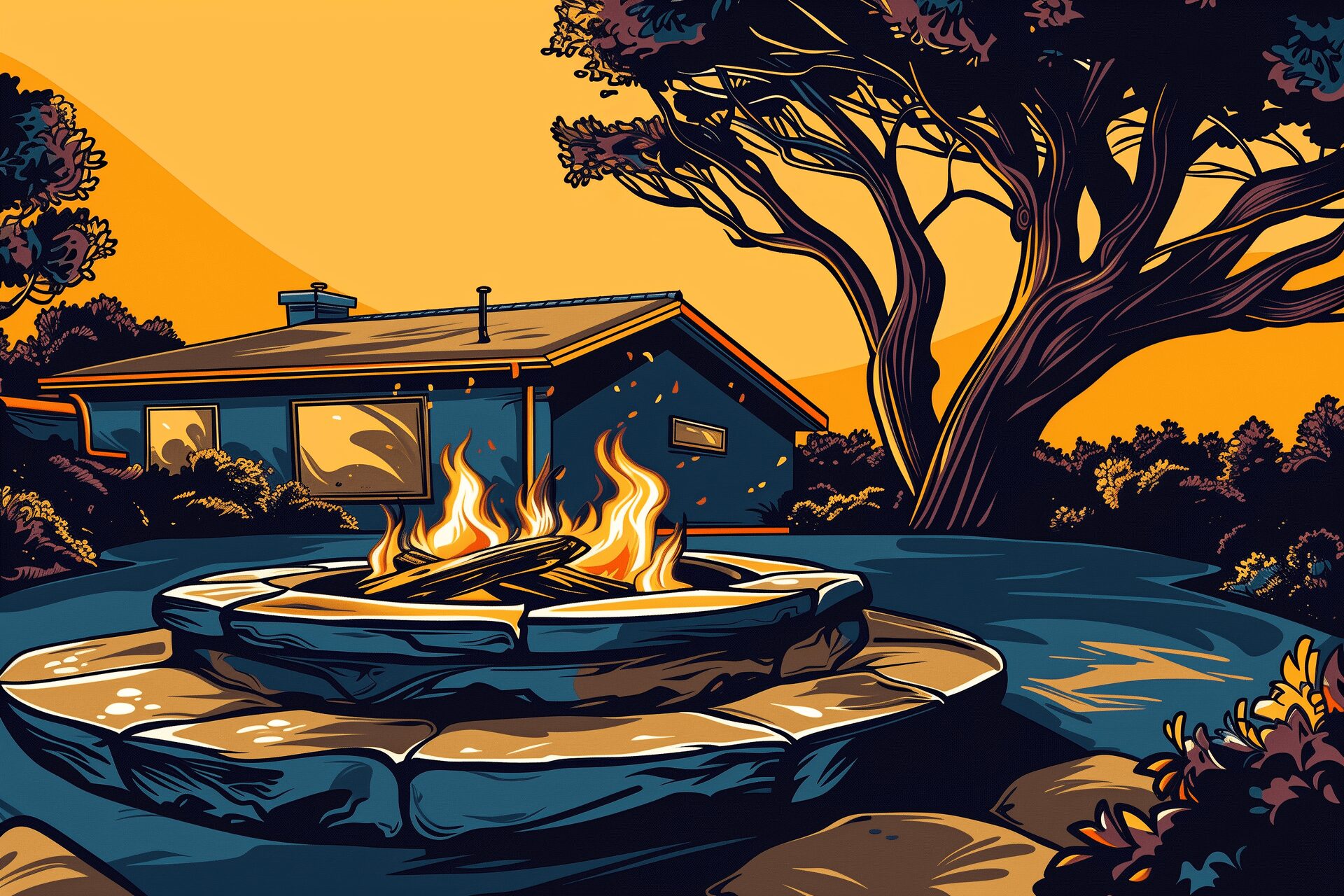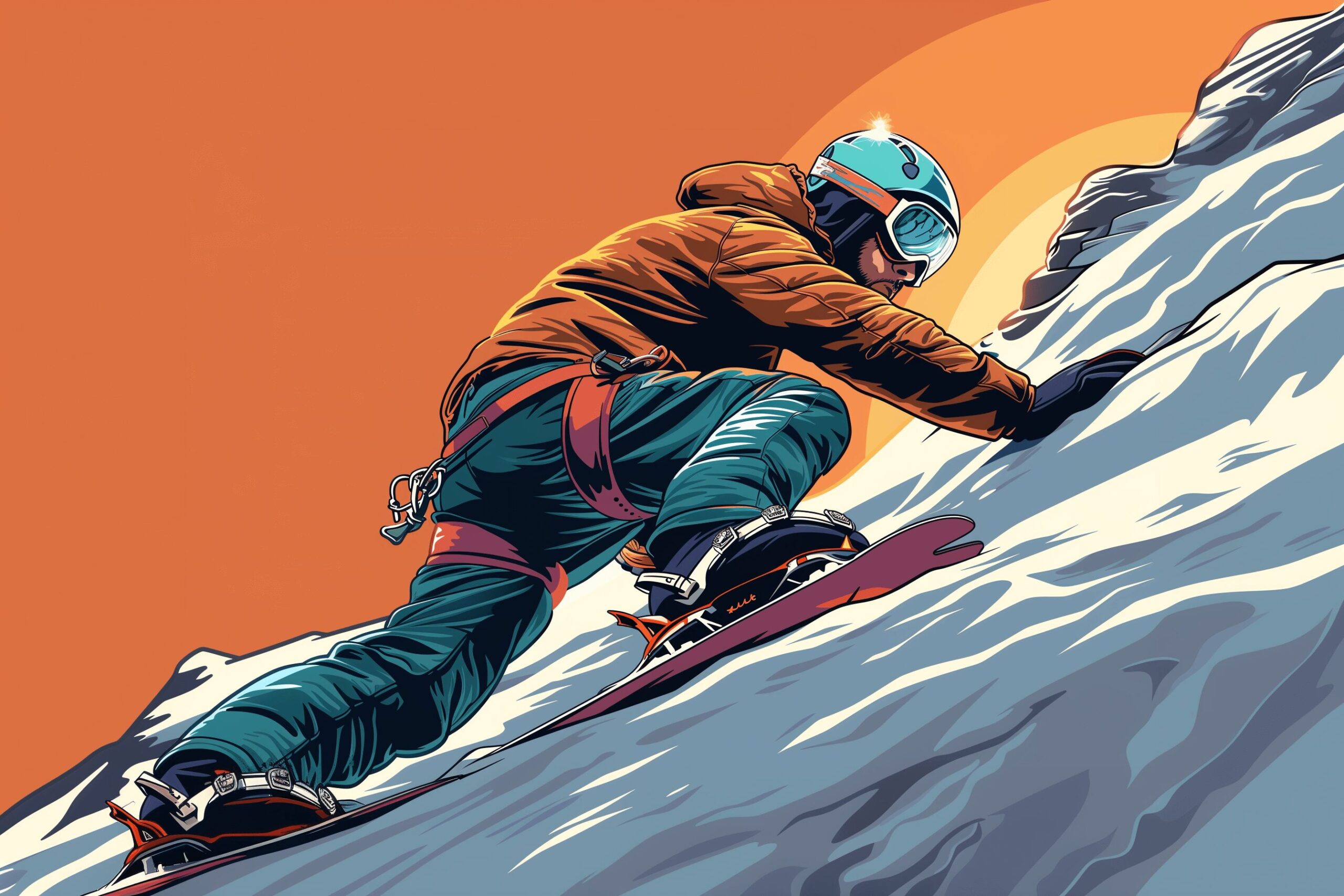What Is Dispersed Camping? Your Quick Guide to Gear and Finding the Best Sites
Oct 05, 2023
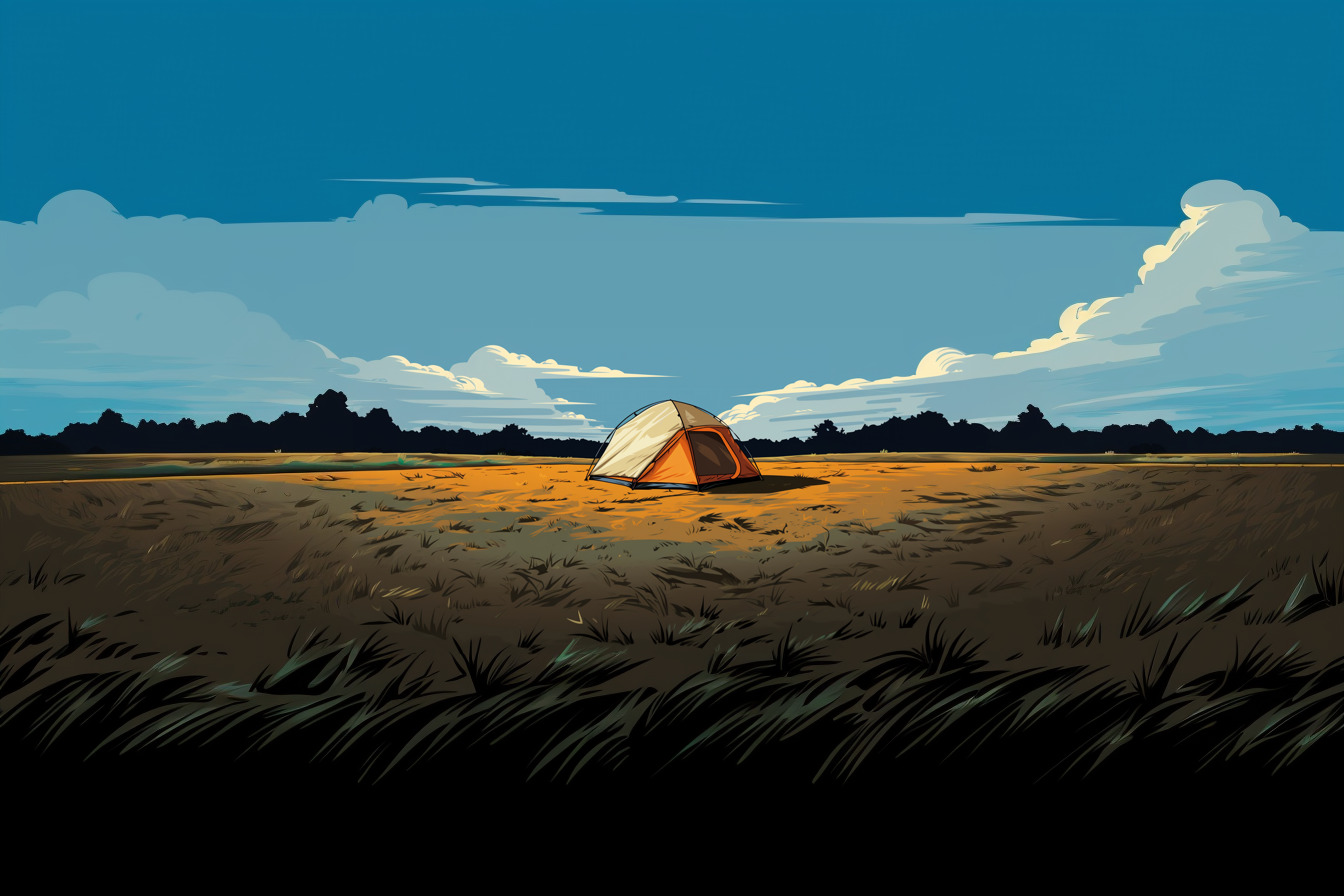
As an Amazon Associate, Modded gets commissions for purchases made through links in this post.
Your last outdoor excursion was a disaster. Your neighbor’s flood lights illuminated your tent, the low thud of their party music echoed through their RV walls and their canines dropped surprise packages near your doorstep. Perhaps it’s time to ditch the paid site and embrace dispersed camping.
Dispersed camping is one of the most liberating vacations ever. It’s a chance to test your skills like Bear Grylls and escape the madding crowd — and your boss’ ability to reach you via cell. What is it, what do you need, and where should you go? We have your answers in this quick guide.
What Is Dispersed Camping?
Dispersed camping refers to camping on public lands outside of designated campgrounds. It includes those run by the Bureau of Land Management and state and national forests. It’s often free of charge, although it costs a bit to stock up on the gear you need for a comfortable adventure, as you’ll find no services. Much like the “Gilligan’s Island” theme song, it’s as primitive as can be.
That’s the official definition, but dispersed camping is so much more. It’s a chance to test the skills you learned from that YouTube video and hone new ones, building your sense of agency and confidence. It’s the opportunity to experience true wilderness as your ancestors did, with a little help from modern gadgets. It’s a place to disconnect and reconnect with life’s true meaning, which is living in harmony with nature, not shoving her in a metal and concrete box.

1. Essential Differences Between Dispersed Camping and Campsites
There’s a considerable difference between dispersed camping and designated campsites. The most obvious is the lack of services — including trash and recycling bins, so come prepared to pack out what you pack in. If your phone runs out of battery, that’s too bad unless you have a backup charger, and you’ll need a generator to operate most of the functions on your RV.
Other differences between dispersed camping and paid or dedicated campsites include:
- Privacy: You’ll generally have no neighbors, and those you do have should give you plenty of space. If you want to go far off the beaten path, you can.
- Water: You won’t have running water when dispersed camping. Natural sources require a purifier, or you can carry a supply.
- Safety: If trouble erupts at a traditional campsite, the cops generally aren’t too far away. There’s often no one to help if you experience danger in the wild.
- Quiet: Do you dream of sleeping under the stars with nothing but the sound of crickets and peepers to lull you into slumber? You won’t find that level of silence in most campgrounds, even during quiet hours.
2. The Unspoken Etiquette of Dispersed Camping
Even though dispersed camping might seem like a “no rules” situation, there are unspoken etiquette guidelines you should follow. Abiding them keeps you safer and makes the experience more enjoyable for everyone.
- Stick to established sites when possible: You’ll notice clearings with stone fire rings that campers have left in most dispersed camping areas before you. Keep the wilderness pristine by using them instead of building new ones.
- Keep your distance: You have a whole forest. Yes, there’s safety in numbers, but setting up camp too close to others without communicating with them first is rude. Many people engage in dispersed camping because they crave solitude.
- Mind your time: BLM and national forests limit your stay to 14 days at one site within 30. State forests vary and may require a permit. However, it’s also good etiquette to move every two weeks — your favorite spot might be someone else’s, too.
- Dim the lights, camera and action: Many people view dispersed camping as a free-for-all all as they’re far from law enforcement. However, people go to the forest for solitude — not to hear you blast death metal while hooting and hollering. Be courteous.
- Lend a hand: There’s no help in the wild. If you see someone who appears to need assistance, offer. The worst they can say is no — but you might save a life.
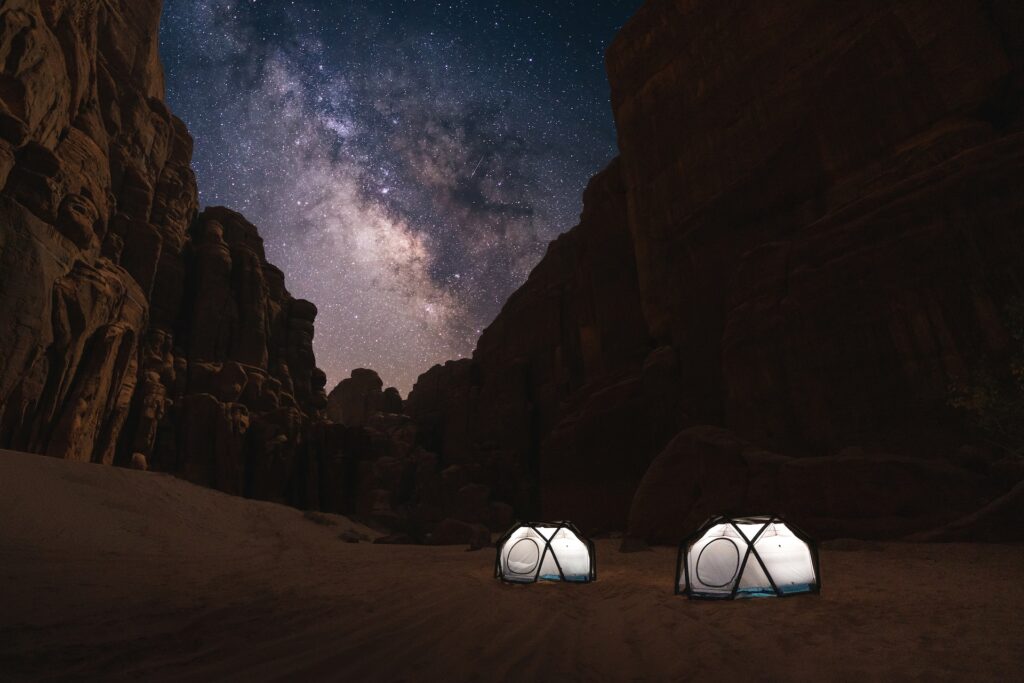
The Best Gear for Dispersed Camping
If dispersed camping sounds like your kind of getaway, you need the right gear. No service means that the only tools you have for your survival are those you carry on your back or in your trunk. At the least, you’ll need these six essentials.
1. Shelter
A tent is a must, even if you prefer to camp under the stars — weather is a thing. While you can find glamorous multi-room tents, smaller ones are best for preserving body heat and carrying on a backframe. Ensure you know how to put it up before you leave, as it’s always harder than it looks and carry a small ground cloth or towel to help keep dirt out of the entryway.
What about an RV? Some models are okay for dispersed camping, while others aren’t. You’ll need something with good ground clearance for navigating rocky terrain and a sturdy frame that won’t delaminate. A small pull behind is much better than a big Class A with all the bells and whistles that gets stuck a half mile onto the trail.
2. Water
The unpleasant truth about water is that you can’t live without it, and it’s heavy to carry. It also takes up considerable space in your trunk or rucksack. While you should bring a sufficient supply with you — about two gallons per person daily — a water purifier is also a must.
You have several methods from which to choose. Some people use a combination approach to remove the most impurities:
- Tablets: Inexpensive and easy to carry.
- Straws: A Lifestraw costs between $10 and $20 and clips to your backpack.
- Larger filters: Good for multi-day trips when you rely on natural water sources.
In a pinch, you can also use clean, doubled-up socks to filter stream water of sediments, then boil it for at least three minutes. However, getting sick in the wild is no fun. It pays to be safe.
3. Navigation
Yellowstone National Park alone spans over 3.400 miles. That’s a lot of area to get lost in, and you can’t count on a phone signal. However, it’s still wise to download your favorite navigation and family tracker apps before using them as backups.
If you plan on going wild, a GPS is a must. Although models with two-way messaging can set you back several hundred bucks, they let you communicate with rescue workers via satellite technology — no cell signal necessary.
4. Fire Starting
Please heed all burn restrictions to prevent forest fires. However, this essential tool can make a crucial survival difference when temperatures drop. Ensure you have several methods, including foolproof ones like flint and steel that you practice using before you go in case your matches get wet.
5. Hygiene
Keeping your hands clean before eating in the wild is extra-important — it’s no place for tummy trouble. Waterless hand sanitizer does in a pinch, although castile soap is better. Carry washing water to your site and dispose of it at least 200 yards from any natural water source to avoid disrupting aquatic ecosystems.
6. Defense
What do you do when faced with a 10-foot-tall bruin and calling 911 isn’t an option? You need to prepare to defend yourself when going dispersed camping. Fortunately, you can pickup bear spray at nearly any sporting goods store. They also sell perimeter electric fences to safeguard your tent, which are musts in heavy grizzly country.
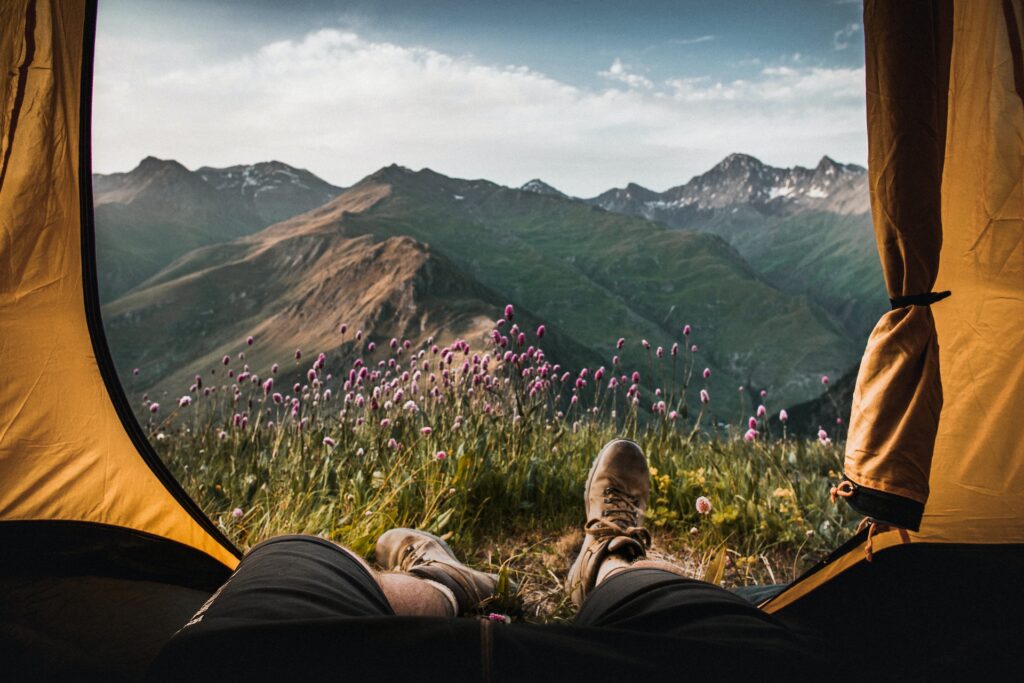
Finding the Best Dispersed Camping Sites
Finding the best dispersed camping sites is often a matter of trial and error. While maps can point you where to go, they might not tell you much about the conditions once you get there. For example, the term “national forest” in Arizona doesn’t necessarily mean you’ll have a single shade tree.
However, you can locate dispersed campsites using the interactive map on their website. The U.S. Forest Service has a similar interactive map for national forests. Google your state forest and camping to find sites there.
What Is Dispersed Camping?
Dispersed camping offers unparalleled freedom and adventure. It’s the ultimate getaway when you’ve had enough of society’s shenanigans and need to reconnect with yourself and nature within the forest’s solitude.
If your last camping experience left you flat, try dispersed camping. Whether you go far off the beaten path or stay within easy drive-out distance of the nearest highway, you’ll grow your skills, gain confidence and feel better about your place as a part of the natural world.

